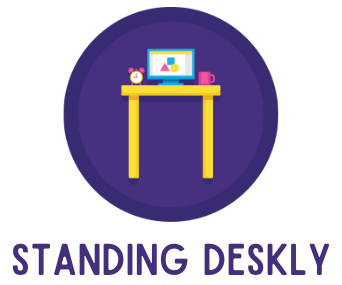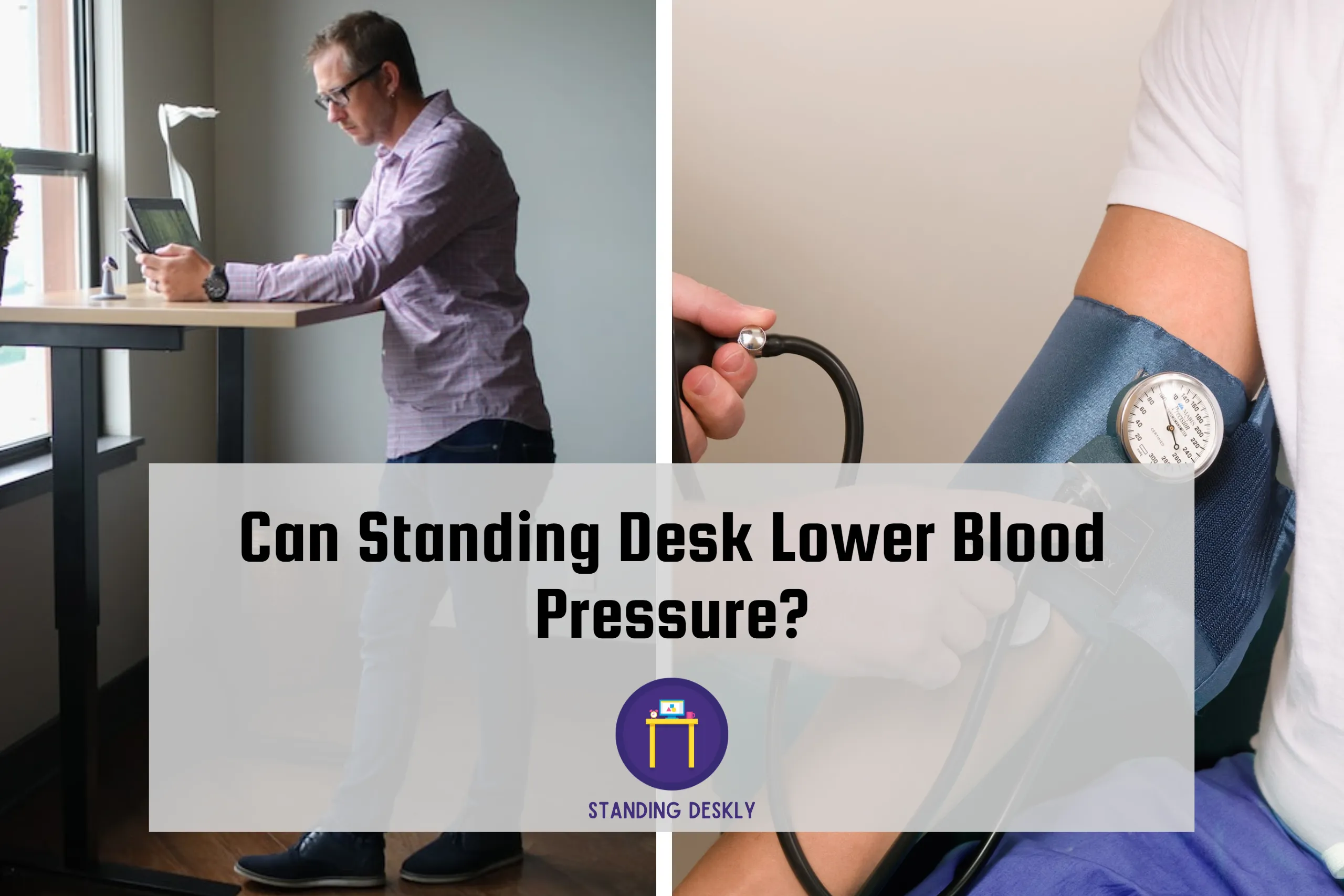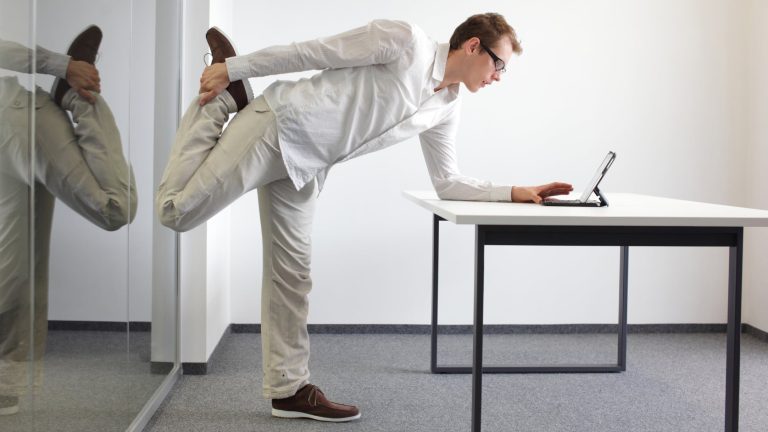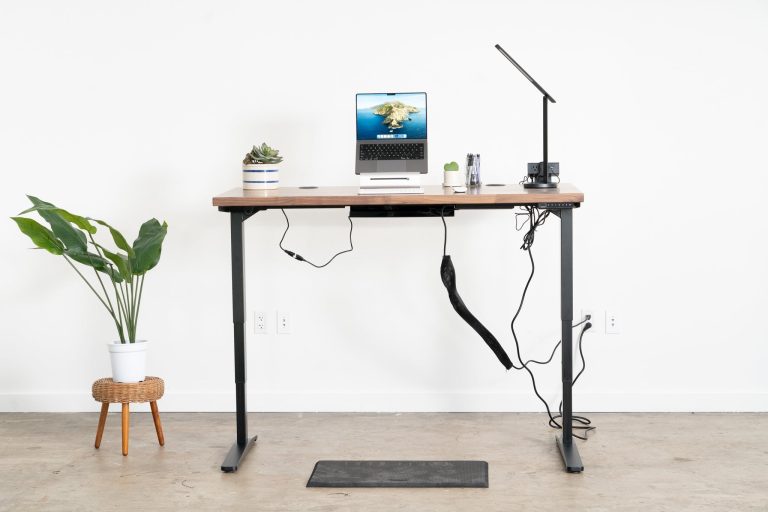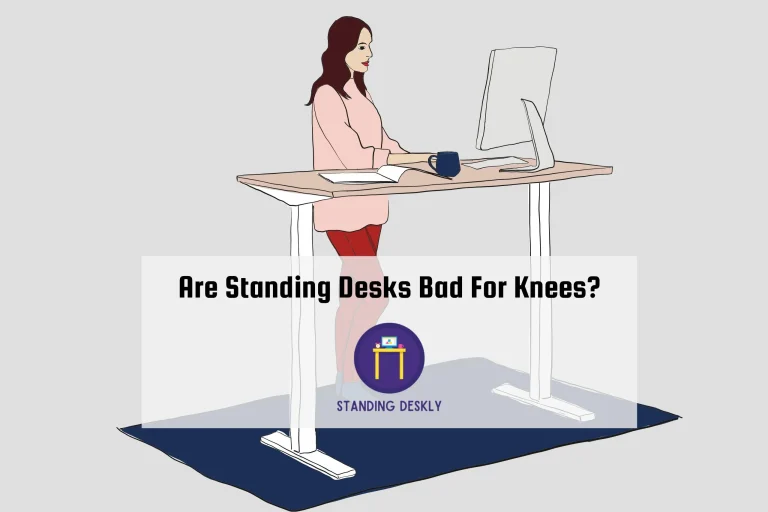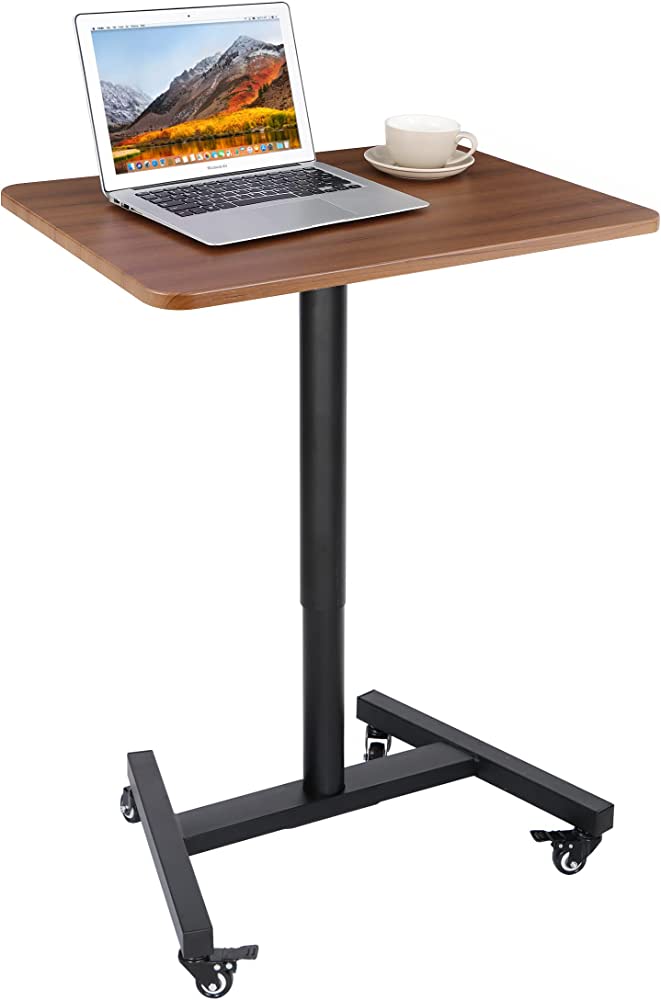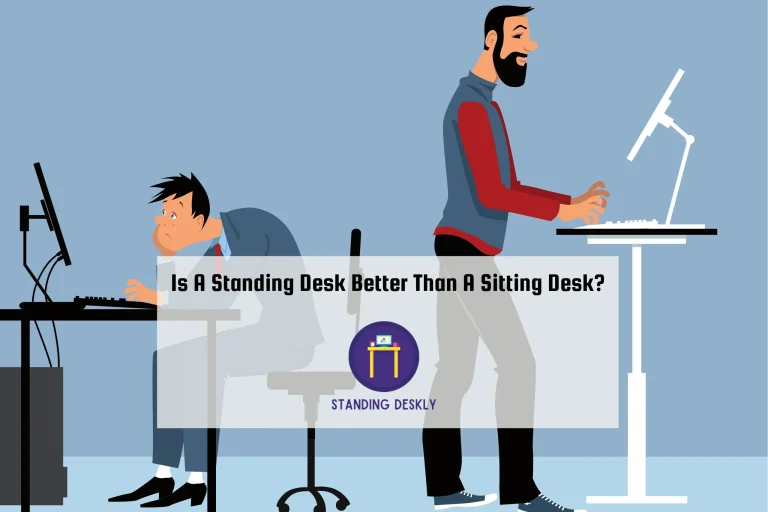Can Standing Desk Lower Blood Pressure?
Many people have switched to standing desks to avoid sitting for long periods, as we become more conscious of the benefits of a healthy lifestyle. But beyond the benefits of potentially burning more calories and increasing productivity, can standing desks actually help lower your blood pressure? This blog will examine whether standing desks can lower blood pressure and provide tips for a healthier workplace.
How Standing Desks Affect Blood Pressure
So, can standing desks lower blood pressure?
The answer is yes! When you stand at your desk, your blood flow increases compared to sitting. This improved circulation can lead to lower blood pressure and a lower risk of heart disease. But that’s not all – standing desks can also help with blood sugar levels, energy expenditure, and managing weight gain. However, it is important to maintain good posture while standing to avoid potential drawbacks such as back pain or varicose veins. By incorporating a standing desk into your workday routine, you can reap the benefits of improved cardiovascular health and overall well-being.
Does a standing desk help with blood flow?
Standing desks are known to make a significant difference in blood circulation by promoting movement. Due to the position of the body when standing, blood flow is improved compared to sitting. This means that nutrients and oxygen can be delivered to the muscles and organs more efficiently, leading to improved overall health. In fact, studies have shown that using a standing desk can improve heart rate and lower blood pressure, which are key indicators of good blood flow. When you choose to stand at your desk, you’ll be doing your body a favor by promoting better circulation throughout your day. And the best part? It’s simple, easy, and accessible to anyone who wants to try it out. So why not give it a shot and see how it works for you?
Standing Desks and Heart Health
So, we know that using a standing desk can have positive effects on blood pressure and blood sugar levels. But how does this translate to heart health? Well, sitting for prolonged periods can lead to fatty acids building up in blood vessels, which can eventually lead to heart disease. By standing, we increase blood flow and prevent these fatty acids from accumulating, ultimately reducing the risk of heart disease. Additionally, standing desks have been shown to improve heart rate and increase energy expenditure, further promoting heart health. Remember, a small change like using a standing desk can have big benefits for your overall health!
Alleviating Risks Associated with Sitting for Long Periods
Now that you understand the impact of standing desks on blood pressure, let’s discuss how they aid in reducing the hazards linked with prolonged sitting. As we mentioned earlier, sitting for extended periods can lead to back and neck pain, weight gain, high blood pressure, and even herniated discs. But standing desks offer a simple solution. By switching between sitting and standing, you can improve circulation, reduce pressure on your spine and joints, and burn more calories throughout the day. Plus, standing can help you maintain better posture, which can also alleviate back pain and promote overall wellness. So if you’re looking for a way to stay healthy and productive at work, consider giving a standing desk a try. It just might be the change you need to improve your health and wellbeing.
The Role of Posture in Lowering Blood Pressure
Maintaining good posture is crucial for lowering blood pressure, and this is especially true when using a standing desk. As we discussed earlier, standing desks improve blood flow and can lower your risk of heart disease by reducing the amount of time you spend sitting. But the benefits of a standing desk can be negated if you have poor posture. Science shows that poor posture can raise blood pressure. Therefore, it’s crucial to keep correct alignment and stand tall while using a standing desk. Remember to keep your shoulders back, chest open, and spine straight. Additionally, taking short breaks to stretch or walk around can help alleviate any discomfort from standing for prolonged periods. By maintaining good posture, you can maximize the benefits of a standing desk and lower your blood pressure.
Is standing or sitting better for blood pressure?
Making the switch to a standing desk may prove advantageous for regulating blood pressure. Sitting for long periods can reduce blood flow and cause a buildup of fatty acids in blood vessels, resulting in high blood pressure. However, using a standing desk can improve blood pressure, heart rate, and energy expenditure. Research shows that blood sugar levels also return to normal faster after a meal on days when using a standing desk. But is standing or sitting better for blood pressure? Standing can lower blood pressure, but balancing it with sitting is important to avoid health issues such as foot, knee, or back pain. So, we advise alternating between sitting and standing throughout the day to enjoy the benefits of both.
The Potential Drawbacks of Standing for Prolonged Periods
While standing desks can lower blood pressure, it’s crucial to remember that standing for extended periods may have its disadvantages. These drawbacks include an increased risk of circulatory problems such as higher blood pressure, heart attacks, and cardiovascular disease. Standing for long periods of time can also cause discomfort and reduce reaction times, which can negatively impact productivity at work. However, incorporating sitting breaks or using anti-fatigue mats can help mitigate these potential drawbacks and make standing for extended periods of time more comfortable. As with any lifestyle change, it is important to listen to your body and adjust accordingly.
The Bottom Line: Standing Desks Can Help Lower Blood Pressure
So, you’ve learned that sitting for long periods can lead to increased risks of heart disease and high blood pressure. But, what can you do to alleviate these risks? The answer is simple: use a standing desk! Research shows that using standing desks can significantly lower blood pressure and reduce the risks associated with prolonged sitting. By standing up and reducing sedentary behavior, you can improve blood flow and help prevent the buildup of fatty acids in your blood vessels. Taking brief walks or standing up periodically can reduce blood sugar and cholesterol, significantly decreasing the risk of heart disease. So, if you’re looking to improve your heart health, consider switching to a standing desk and standing more often throughout the day!
Resource Links
https://pubmed.ncbi.nlm.nih.gov/28704258/
https://thestandingdesk.com/health-benefits-of-standing-desks/
https://desksguide.com/standing-desks-help-blood-pressure/
https://www.bustle.com/p/are-standing-desks-good-for-you-a-new-study-found-that-they-are-associated-with-these-risks-8352022
https://www.btod.com/blog/health-benefits-standing-desk/

I’m the author and developer of Standingdeskly, the go-to site for standing desk enthusiasts. I provide comprehensive reviews of standing desks along with office setup tips. Combining years of research and personal experience, our goal is to make it easy for you to find the perfect standing desk tailored to your needs.
